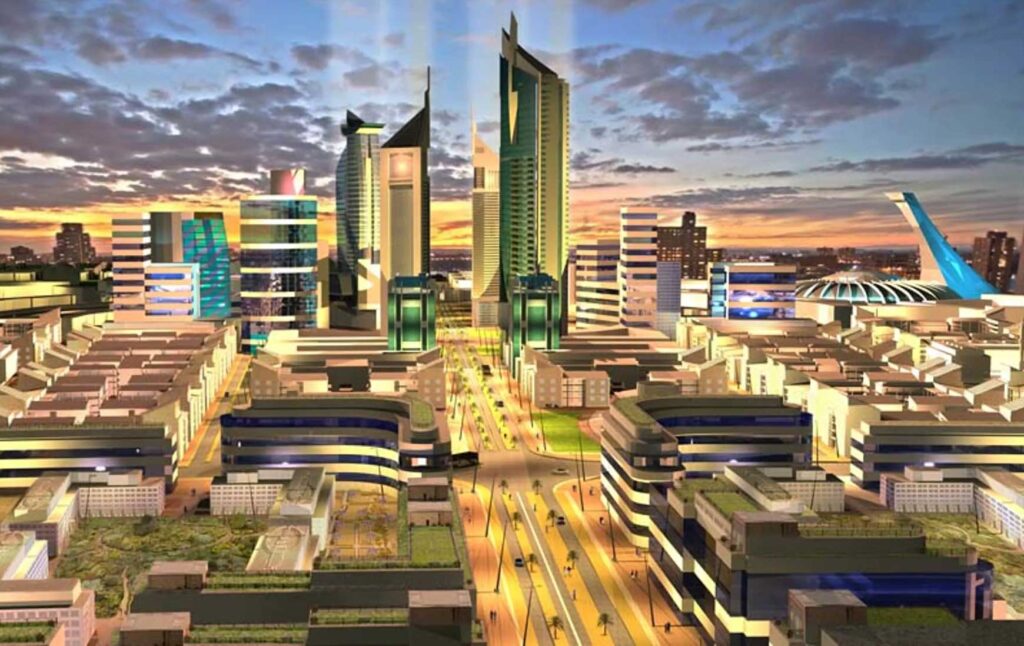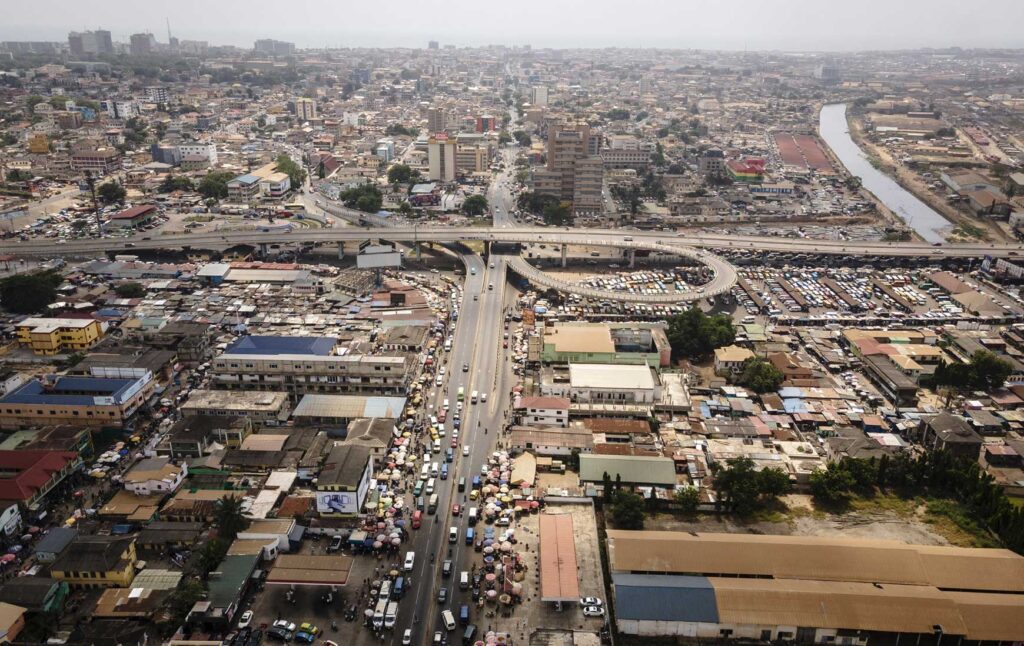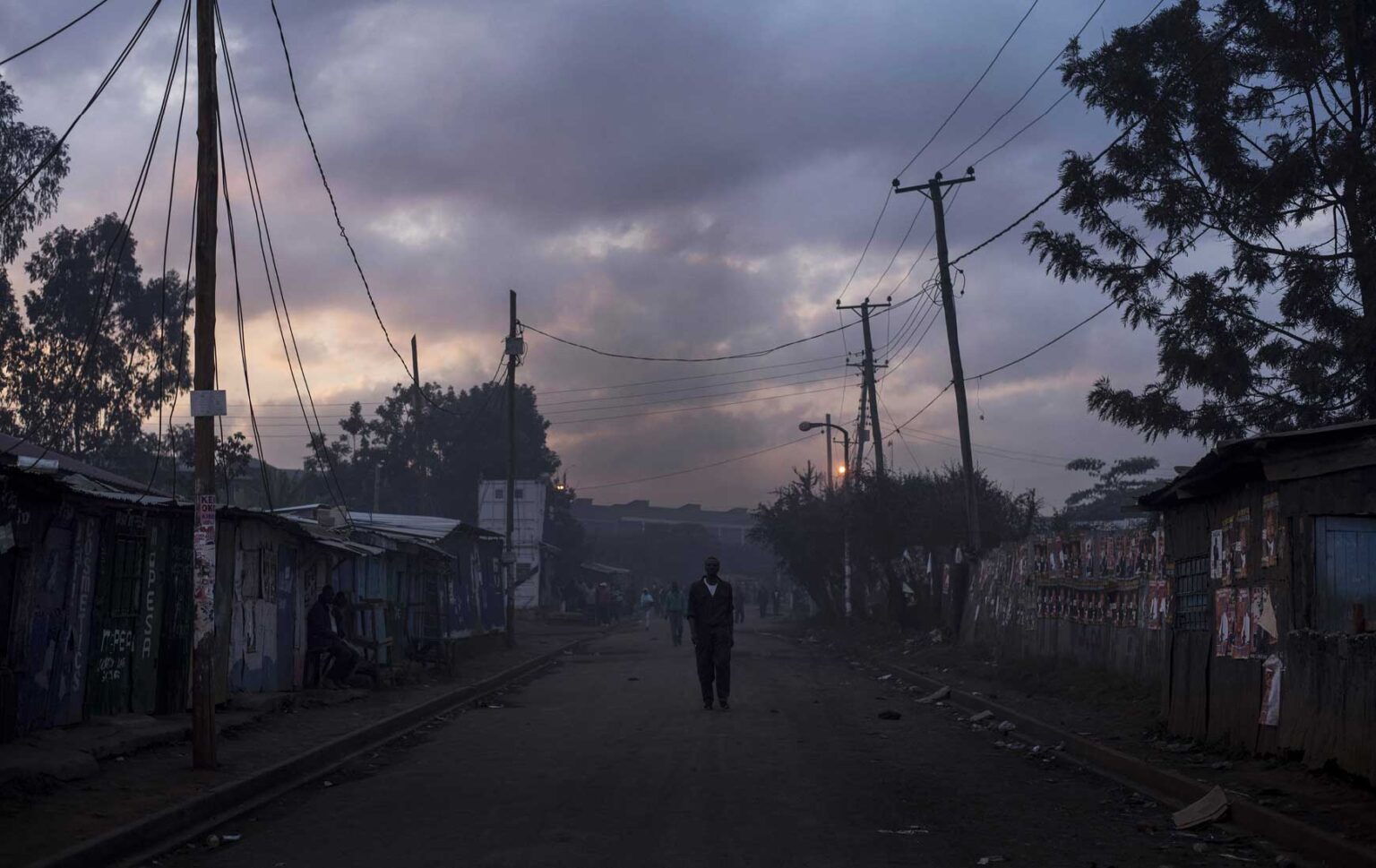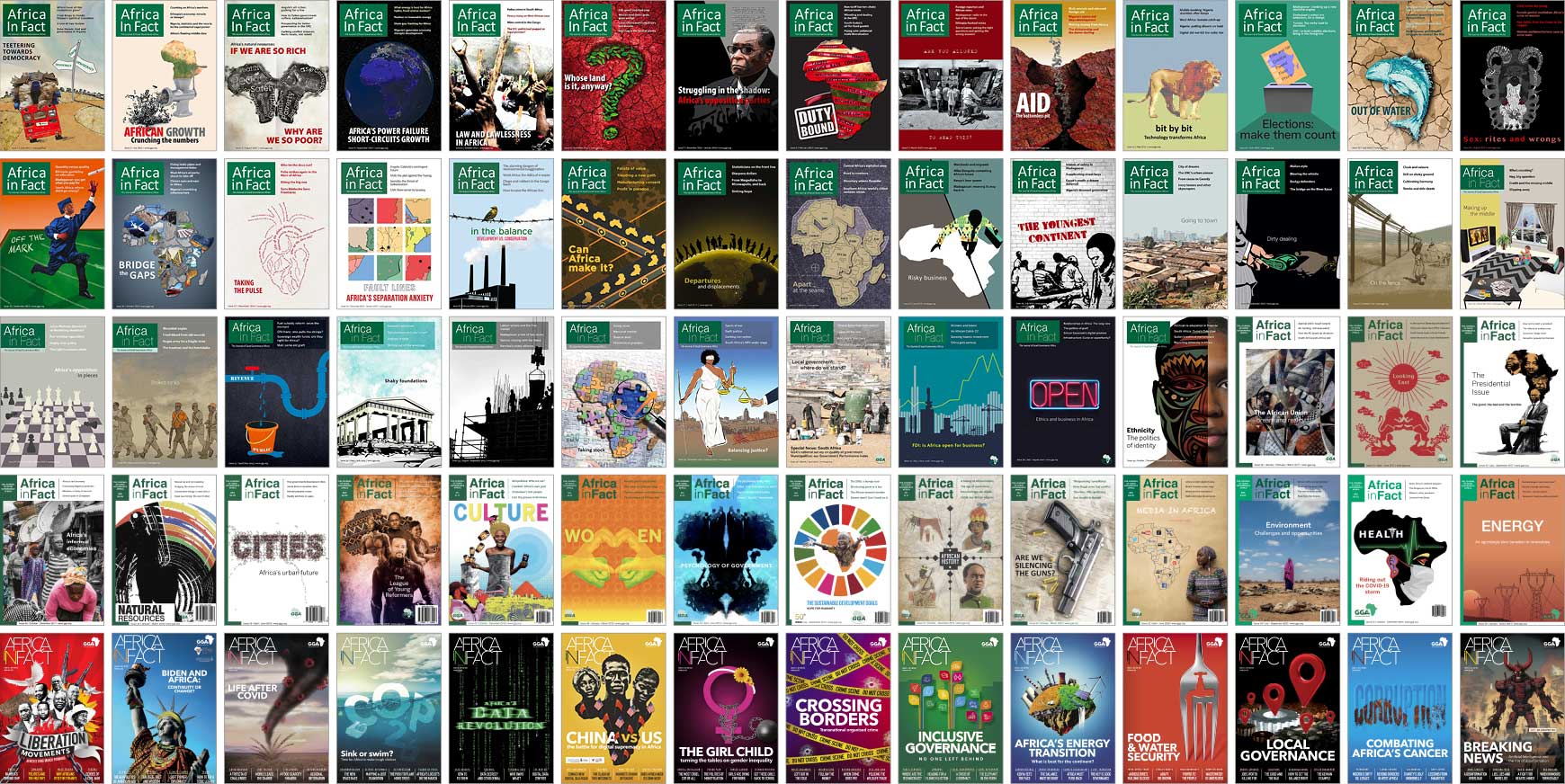Henry, a young man from Nairobi’s sprawling Kibera slum, wakes up each morning to navigate muddy, congested alleys illuminated only by the faint glow of streetlights that rarely work. His destination is a modest cybercafé where, amidst the hum of ageing computers, he spends hours labelling traffic images, carefully marking pedestrians, bicycles, and road signs. Ironically, these meticulous annotations train advanced AI algorithms to manage traffic in distant European and Asian cities, cities Henry may never visit.
When I mentioned to Henry that I live near Hamburg, he told me with a wry smile, “I probably know Hamburg better than you,” recounting detailed street layouts and famous landmarks he had memorised from countless labelling tasks. It struck me how Henry, immersed daily in shaping sophisticated AI systems benefiting distant places, remains excluded from the very technological advancements he fuels.
The global promise of smart cities; data-driven efficiency in traffic management, waste collection, energy distribution, and public safety, is undeniable. Singapore and Tallinn, Estonia, exemplify how integrated digital infrastructures can significantly improve governance and quality of urban life. On the African continent, Kigali’s ambitious journey towards becoming a model of sustainable, smart urban growth and Kenya’s visionary Konza Technopolis project illustrate the potential of smart cities in African contexts. Yet, as African cities look at rapidly adopting similar technologies, a pressing question emerges: Will these technological advancements include or exclude Africa’s marginalised populations?

This article explores how smart city initiatives in Africa can be designed intentionally to drive inclusive development, drawing lessons from global models and local examples. It argues that African cities must deliberately embed inclusivity within technology adoption frameworks, ensuring that Henry and countless others like him are no longer merely contributors to global innovation but also beneficiaries of their own urban transformation.
The integration of artificial intelligence (AI) and other advanced technologies in urban governance holds significant promise for African cities facing rapid urbanisation and infrastructure challenges. Smart cities employ sensors, big data analytics, and AI-driven solutions to optimise urban operations, from traffic management and energy usage to waste disposal and public safety. Globally, cities such as Singapore and Tallinn, and Estonia, have demonstrated the effectiveness of comprehensive smart-city initiatives. Singapore uses AI-driven solutions extensively, managing everything from public transportation and waste collection to predictive maintenance of infrastructure, reducing congestion by up to 20%. Tallinn similarly leverages digital infrastructure to streamline governance, processing 99% of government services online, dramatically improving public services and citizen engagement.
However, smart city initiatives also pose substantial risks concerning equity and inclusivity, particularly within resource-constrained African contexts. In sub-Saharan Africa, only 28% of residents have internet access, dropping below 10% in informal settlements, creating a fundamental barrier to participation in smart city initiatives. AI systems, often developed with biases inherent in their training datasets, might inadvertently exclude marginalised communities, such as informal settlement residents, rural migrants, women, and economically disadvantaged groups, from critical decision-making processes and equitable service delivery.
For instance, in Johannesburg, South Africa, spatial segregation and historical inequities have already resulted in stark digital divides, restricting the ability of marginalised communities to fully engage with digital governance platforms. While Singapore’s smart traffic management system significantly reduces congestion, in Kibera, where Henry lives, residents spend an average of three hours daily navigating congested, unmapped routes outside digital transportation platforms. This isn’t merely a digital divide; it’s a potential digital chasm that threatens to cement existing inequalities into the very infrastructure of Africa’s urban future.

As urban technology expert Rene Kabarisa notes, “Smart cities without inclusive design principles risk becoming surveillance cities for the poor and service cities for the wealthy.” Henry’s narrative powerfully illustrates this potential exclusion. Despite spending countless hours training algorithms for smart cities abroad, Henry remains disconnected from the tangible benefits of technological advancements within his own urban environment.
To mitigate these risks, African policymakers must pursue intentional, inclusive strategies. While Estonia’s e-governance platform processes virtually all government services online, similar initiatives in African cities must address fundamental challenges, including intermittent electricity, limited smartphone penetration, and diverse literacy levels, challenges that never factored into Tallinn’s digital transformation. Rather than simply emulating external models, policymakers must adapt these technologies thoughtfully to local realities. Initiatives such as Rwanda’s Kigali, which emphasises sustainable, inclusive urban planning, and Kenya’s Konza Techno City illustrate how African cities can proactively shape inclusive technology-driven growth.
African cities stand at a critical technological crossroads. They can either replicate models that deepen exclusion or pioneer approaches that leverage smart technologies specifically to bridge long-standing divides. The choice is not between embracing or rejecting technology but between inclusive or exclusive implementation. Policymakers must ensure that smart cities truly become instruments for reducing inequality and fostering inclusive growth, ensuring individuals like Henry are beneficiaries, not just contributors, to urban transformation.
Ensuring inclusive technology adoption in African cities requires not only technical innovation but a clear, ethically grounded vision that serves African interests first and foremost. Central to this vision is a commitment to bridging existing digital divides, preventing smart city initiatives from unintentionally entrenching inequality. As African cities embrace technological transformation, they must navigate a delicate balance, leveraging global innovation while maintaining sovereignty over their digital futures. The ultimate goal should be technological solutions that reflect African realities, priorities, and aspirations rather than uncritically imported models that may perpetuate exclusion.
This requires a fundamental shift in approach: rather than viewing technology as inherently beneficial or neutral; policymakers must recognise that every technological system embodies specific values, priorities, and power dynamics. Smart city initiatives designed without explicit attention to inclusivity will inevitably reflect and amplify existing inequalities. Therefore, African cities need deliberate, structured approaches to ensure technological advancement serves all citizens, particularly the most marginalised. Beyond simple connectivity, inclusive smart cities must address deeper questions of participation, representation, and ownership in technological ecosystems.

Public-private partnerships can facilitate rapid technological innovation and implementation by pooling resources from governments, tech firms, and local enterprises. However, African policymakers must approach these partnerships with critical awareness and deliberate intention. Drawing inspiration from Kwame Nkrumah’s emphasis on sovereignty and self-determination, PPP agreements must explicitly align with African developmental priorities, ensuring they do not replicate neo-colonial dynamics or create dependencies.
This means African governments should rigorously evaluate partnerships, clearly define terms and objectives, safeguard against exploitative arrangements, and ensure transparency and accountability. Concrete PPP agreement clauses should include mandatory technology transfer provisions, requiring foreign partners to establish structured knowledge-sharing frameworks that build local capacity. For example, Nairobi’s agreement with IBM for traffic management systems included a mandatory clause requiring at least 60% of technical staff to be locally hired and trained Kenyans, with a five-year transition plan to 90% local technical ownership. Similarly, data sovereignty clauses should explicitly state that all data collected within the city remains the property of the municipality, with clear limitations on how private partners may use this information. Projects should explicitly aim to meet local needs, actively involving communities in their design and implementation processes.
To complement PPPs, African cities require clear and enforceable regulatory frameworks that protect privacy, counteract algorithmic biases, and guarantee equitable access. AI technologies should not be perceived as a magical panacea but recognised for what they are: products of human creation that inherently reflect the biases and limitations of their creators. Rules and regulations exist precisely because technologies alone cannot inherently ensure fairness or equity.
Equally important is the development of local technological expertise through investment in education programmes, vocational training in science, technology, engineering, and mathematics (STEM) fields, and digital literacy initiatives targeting marginalised communities. Rwanda’s Coding Academy offers a replicable model that could be adapted and scaled across African cities, while innovation hubs like those in Kigali create ecosystems where local solutions can emerge. Special attention should be given to programmes that actively recruit participants from informal settlements and underrepresented groups.
Ultimately, by embedding Nkrumahian principles in PPPs, establishing robust regulatory frameworks, and prioritising local technological sovereignty, African policymakers can ensure that smart city initiatives become genuinely inclusive vehicles for sustainable urban development – driven by African aspirations and beneficial to all communities. Such an approach will empower individuals like Henry, transforming them from passive contributors into active beneficiaries and stakeholders in Africa’s digital future.

Adio-Adet Dinika is a writer, researcher and affiliated PhD Fellow at the Bremen International Graduate School of Social Science (BIGSSS). His areas of interest are Digitalisation and the Future of Work. He has published opinion pieces on Digitalisation and socio-economic development in several print and online publications, and his first unpublished novel, They like us dead, was long listed for the 2021 James Currey Prize for African Literature. He is currently based in Bremen, Germany.



